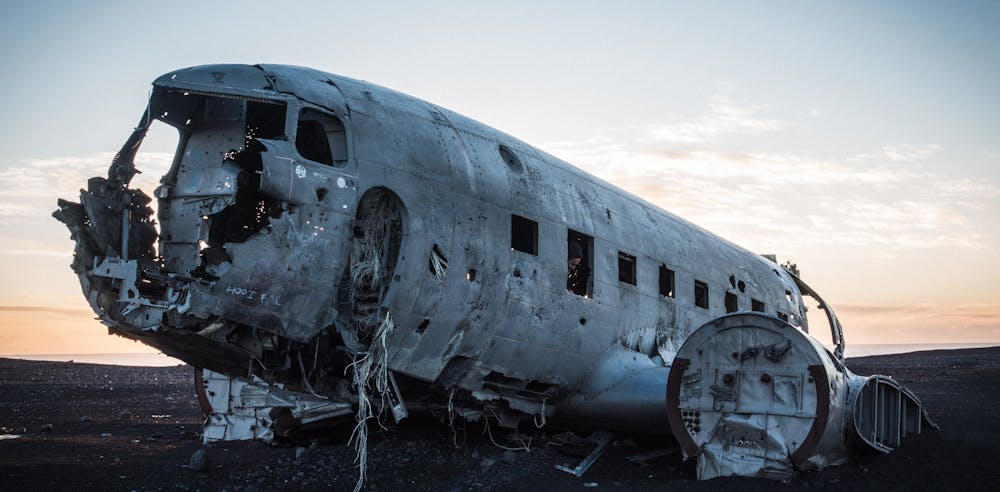On 12 November 1996, two planes suffered a mid-air collision and came hurtling down in a small town called Charkhi Dadri, 100kms west of Delhi. Of the two aircrafts, one belonged to Kazakhstan Airlines and the other to Saudi Arabian Airlines. The crash took place at 6:40 in the evening and killed all 349 passengers and cabin crew. Both flights were commercial flights, one leaving Delhi and the other landing in Delhi. Over 500 tonnes of material came pouring from the sky and landed in fields of mustard and cotton in Charkhi Dadri, Haryana.
The crash site was strewn with passports, bags of food, slippers, toys, opened suitcases and airplane seats. Disembodied human limbs lay scattered through the fields. Through the night, locals tried to find survivors, with no success. By morning, the authorities realised that the crash site spanned several kilometres with debris scattered across a huge amount of land. This complicated search and rescue operations.
The passengers mostly included people going to the Gulf to work in blue collar jobs. These were working-class people whose families may not even have known that they were travelling by plane, let alone which flight and how. Of the 349 people who passed away, 94 bodies were in a state that left them unidentifiable by sight.
The crash at Charkhi Dadri helped make two major changes in the aviation industry. The reason for the crash was cited to be a miscommunication due to language differences. Because of this, global aviation authorities decided to make English proficiency a requirement by the industry. This ensured that pilots and aviation control officials alike would be able to understand each other easily and fluently to minimise any human error.
The crash also resulted in the implementation of Travel Collision Avoidance Systems (TCAS) in all aircrafts. This device alerts pilots if an aircraft is intruding into their airspace.

